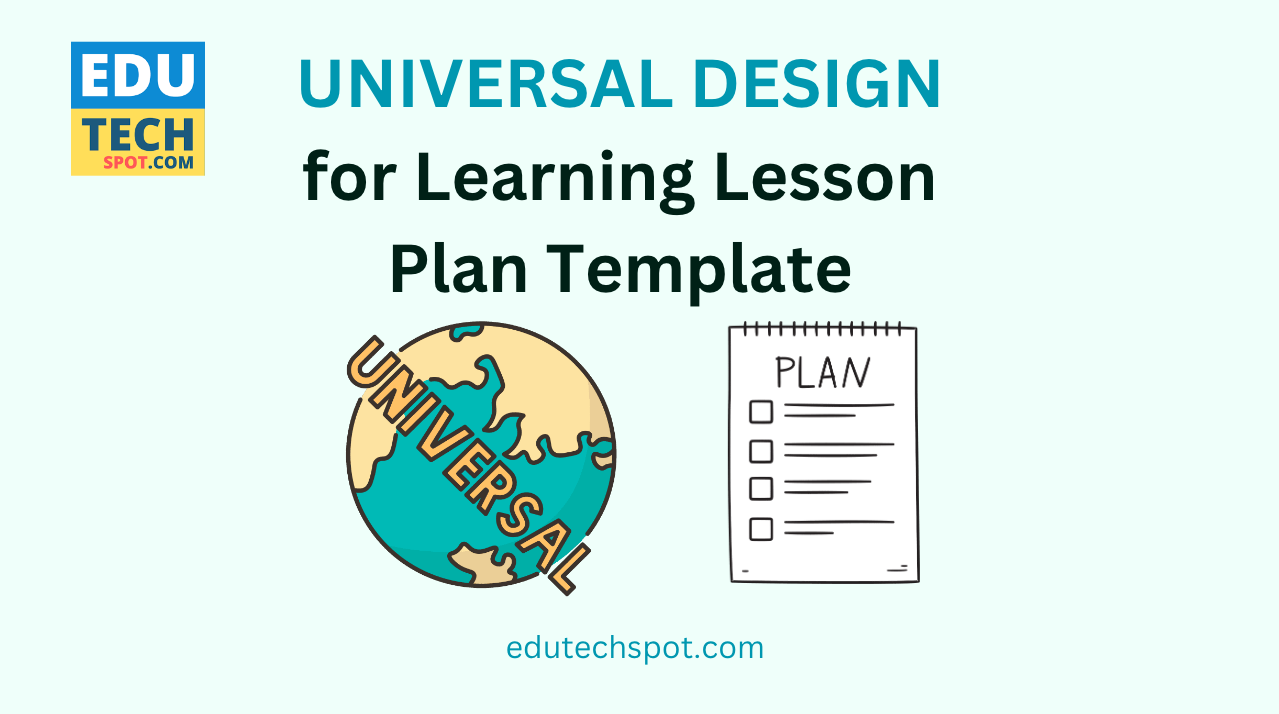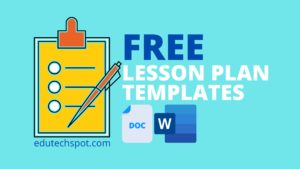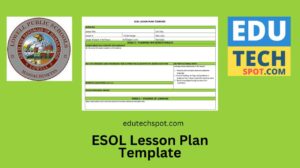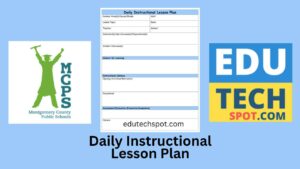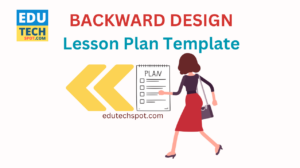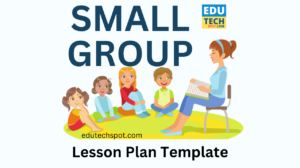Universal Design for Learning Lesson Plan Template to download and customize easily is here for dedicated teachers. Welcome to our resource hub for Universal Design for Learning (UDL) tools catering to all grades and subject areas. Whether you’re a seasoned educator or just starting with UDL, these resources will guide you through the principles of representation, action & expression, and engagement. Elevate your lesson planning with the help of our specially crafted UDL lesson plan template designed to enhance your teaching approach.
Universal Design for Learning Lesson Plan Template Complete Guide
Quick Summary:
Download UDL Lesson Plan Template: HERE
Download UDL Lesson Plan Template Daily: HERE
CAST UDL Guidelines
Explore the CAST UDL Guidelines, providing insights into multiple means of representation, action & expression, and engagement. Two files, each with unique presentations of the guidelines, offer flexibility in choosing the format that suits you best. Download the UDL Guidelines Version 2.2 and the UDL Guidelines Educator Worksheet:
UDL Guides
UDL Implementation Tools
Evaluate your UDL journey using the UDL Implementation Rubric, an adaptation by Melissa Toland inspired by Dr. Katie Novak and Dr. Kristian Rodriguez’s UDL Progression Rubric. Assess your performance in multiple means of engagement, representation, and action & expression. Download the UDL Implementation Rubric:
Table of UDL Progression Rubric
| # | Progression Level | Provide Multiple Means of Engagement | Provide Multiple Means of Representation | Provide Multiple Means of Action & Expression |
|---|---|---|---|---|
| 1 | UDL Explorer | – Aware of the process – Exploring ways to incorporate it into practice | – Aware of the process – Exploring ways to integrate multiple means through professional development, research, or classroom application | – Aware of the process – Exploring ways to incorporate multiple means through professional development, research, or classroom application |
| 2 | UDL Novice | – Environment where students share ideas on interests related to content, set goals, and reflect on progress | – Provides multiple resources and materials on some days | – Offers options for demonstrating mastery in some lessons, on some days |
| 3 | UDL Intermediate | – Environment where students share how content is relevant and valuable, set goals, and reflect on progress | – Provides multiple resources and materials on most days | – Offers options for demonstrating mastery in most lessons, on most days |
| 4 | UDL Advanced | – Environment where students share how content is relevant and valuable, set goals, and reflect on progress in most lessons | – Encourages students to choose reputable resources and personalize learning on most days | – Encourages independent creation of authentic products in most lessons, on most days |
| 5 | UDL Idol | – Environment where students are empowered to make connections between content and their own interests, make choices that drive their learning experiences, consistently set goals, reflect on progress and achievement of those goals in every lesson, every day | – Empowers students to choose reputable resources and personalize learning every day | – Empowers independent creation of authentic products every day |
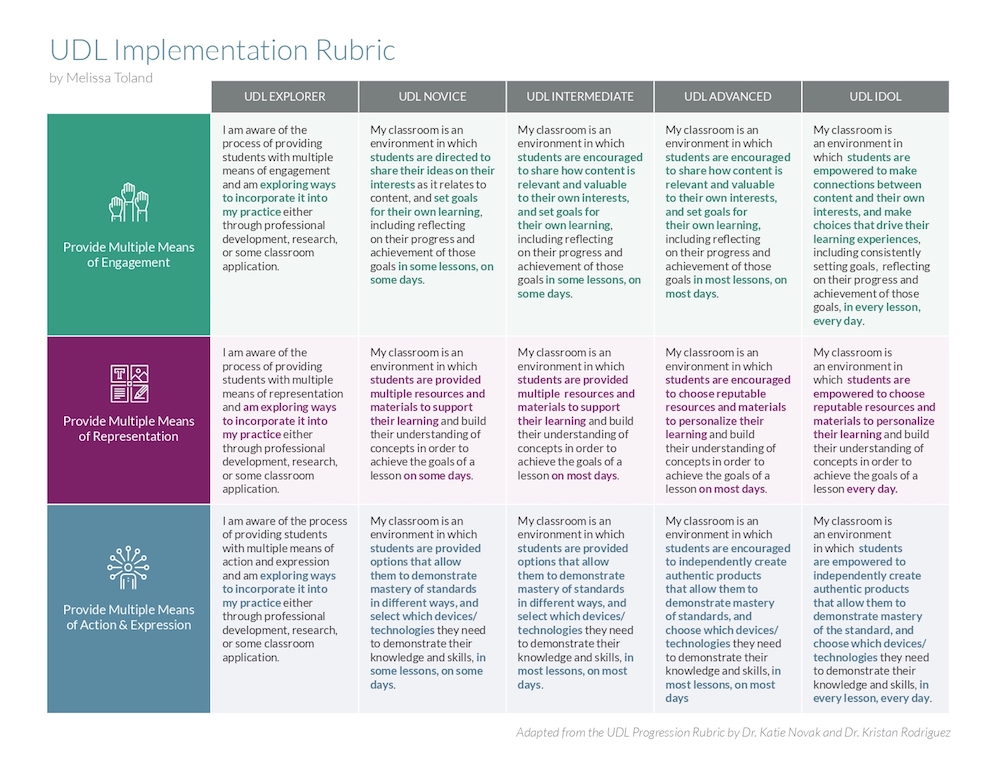
UDL Lesson Planning Made Easy
Our UDL Lesson Plan Template simplifies the process of creating universally designed lesson plans. For inspiration, explore sample lessons for Grade 2, Grade 3, and Grade 4 in UDL Lessons.
UDL Lesson Plan Template Structure
Structure and Key Information in the UDL Lesson Plan Template:
- Lesson Information:
- Designed by: The creator of the lesson plan.
- Supervisor: The person overseeing the lesson.
- Cooperating Teacher: The collaborating teacher involved in the lesson.
- Class Analysis:
- Grade Level and Subject: Indicates the grade and subject of the lesson.
- Date: Date of the lesson.
- Learners:
- Sample List with Initials: Identification of specific students with initials.
- Academic Levels: Includes Lexile level and grade level equivalent.
- Interests/Strengths/Assets/Funds of Knowledge: Highlights student interests, strengths, assets, and background knowledge.
- Needs: Addresses individual student needs, including SST/504/IEP goals, EL Levels and Supports, and challenges in life.
- Standards and Frameworks:
- Content Standard(s): Lists the relevant standards for ELA, Science, History/Social Studies, Math, and College & Career Readiness.
- ELD: Provides a link to English Language Development standards.
- Literacy Focus & Language Supports: Identifies literacy skills and language supports based on standards.
- Academic Vocabulary: Specifies key vocabulary necessary for academic writing and dialogue.
- Lesson Overview:
- Unit Summary: Briefly describes how the lesson fits into the larger teaching unit.
- Learning Objective:
- Objective: States what students are expected to learn after completing the lesson.
- Assessments:
- Pre (Diagnostic), Informal (Formative), Formal (Summative), Self (Student): Outlines various assessment methods.
- Universal Design for Learning (UDL) Activities:
- Structure: Provides the framework for engaging, accessible, and challenging activities.
- Support People, Technology, Materials/Resources: Outlines the support elements for the lesson.
- Lesson Components:
- Anticipatory Set/Hook: Describes how prior knowledge will be activated and learners engaged.
- Transition: Highlights inclusive practices for smooth transitions.
- Instruction: Explains the facilitation of academic rigor, vocabulary development, and knowledge application.
- Guided Practice: Describes modeling, gradual release, and strategies for students to practice.
- Assessment & Closure: Outlines formative assessment methods and closure activities.
- Independent Practice: Describes how students will demonstrate mastery.
- Teaching Performance Expectations (TPEs):
- Universal TPEs and SpEd TPEs: Specifies which teaching expectations are addressed.
- Reflection:
- Post-Lesson Reflection: Encourages reflection on what went well, what could be improved, and adjustments for the next lesson.
- TPE Components: Reflects on the meeting or not meeting of Teaching Performance Expectations and reasons.
This comprehensive lesson plan template ensures thorough planning, consideration of diverse learners, and post-lesson reflection to enhance teaching practices.
Download the UDL Lesson Plan Template:
Universal Design for Learning Lesson Plan Template Daily Base
Enhance your daily planning with the UDL Daily Planner. This customizable template, suitable for any subject, includes checklists for UDL guidelines, technology integration, and Multiple Intelligences. Download the UDL Daily Planner here:
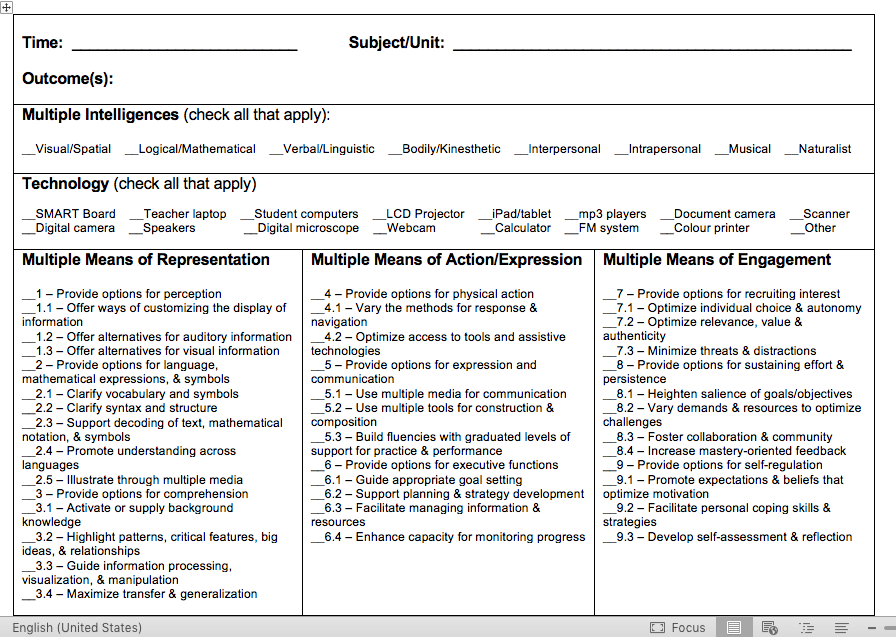
Download / View / Copy Template
Bloom’s Taxonomy Integration to Universal Design for Learning Lesson Plan Template
Better your teaching by incorporating Bloom’s Taxonomy, complementing UDL principles. Access questions at varying complexity levels to engage a diverse range of students.

UDL Instructional Planning Process
If you want to compose UDL Lesson Plan by yourself, consider using this guide. Follow the step-by-step guide from UDL-IRN to plan lessons and materials aligned with UDL principles. This resource, suitable for any subject area, empowers teachers to integrate UDL seamlessly into their instructional planning.
This document provides a step-by-step planner for Universal Design for Learning (UDL) lesson design, adapted from CAST UDL Guidelines. The three main steps are outlined:
Step 1: Proactively design
- Analyze the lesson goal.
- Anticipate variability in engagement.
- Consider design strategies to support learning goals, interest, effort, and self-regulation.
- Use tools like CAST’s UDL Engagement Guidelines.
Step 2: Implement
- Facilitate the lesson, observe, and gather feedback from students.
- Address where students may get stuck or not achieve the intended goal.
- Ensure the focus remains on the intended goal.
- Anticipate variability in action and expression.
Step 3: Reflect and redesign
- Reflect on the lesson’s success and identify improvements.
- Consider whether all students made progress toward the goal.
- Evaluate the effectiveness of design decisions and anticipate variability.
- Use feedback for future lesson adjustments.
Throughout the steps, questions are provided to guide reflection, and optional tools such as UDL tips and guidelines are suggested for deeper exploration and implementation. The document emphasizes the importance of proactive planning, implementation, and reflective redesign in UDL lesson design.
Four major components of writing a UDL lesson plan
Planning lessons with UDL involves addressing four essential components: (1) establishing precise goals, (2) purposefully accommodating learner diversity, (3) employing adaptable methods and materials, and (4) timely monitoring of progress.
How does a UDL lesson plan differ from a conventional one?
In a traditional setting, teachers create instructional plans for the entire class, while UDL tailors lessons to various learner profiles. Additionally, traditional education provides accommodations for specific students, such as those with an IEP, whereas UDL supports all students.
How is a UDL classroom characterized?
In a UDL learning environment, materials are designed to be accessible to diverse learners. Students are provided with various reading options, encompassing print, digital, text-to-speech, and audiobooks. Additionally, digital text offers alternatives such as text enlargement, as well as choices for screen color and contrast.
How can you involve students in UDL?
Offer chances for students to explore, comprehend, and instruct their classmates on course concepts and subjects. Allow students to choose the format of specific tasks, such as online or face-to-face discussions. When presenting sample scenarios or problems, incorporate a diverse range of names, settings, or cultural references.
Embrace the power of Universal Design for Learning with our comprehensive toolkit. Download your desired resources, enhance your lesson plans, and create an inclusive learning environment for all.
